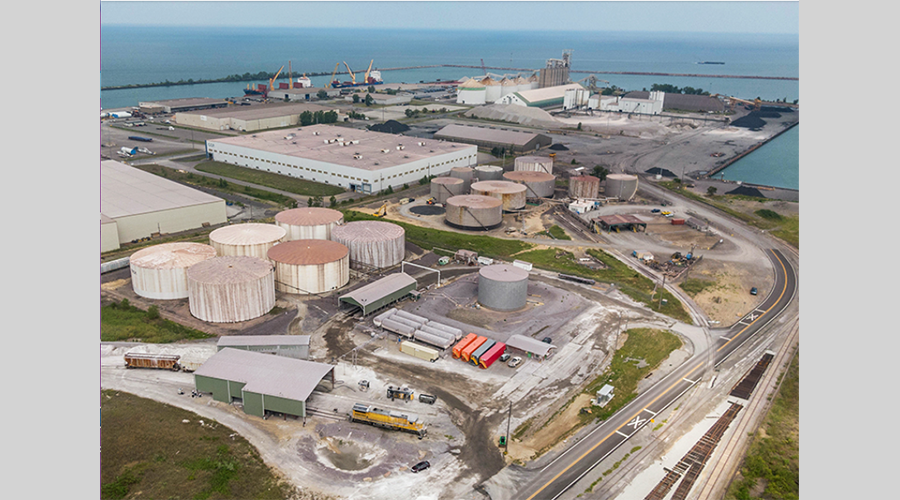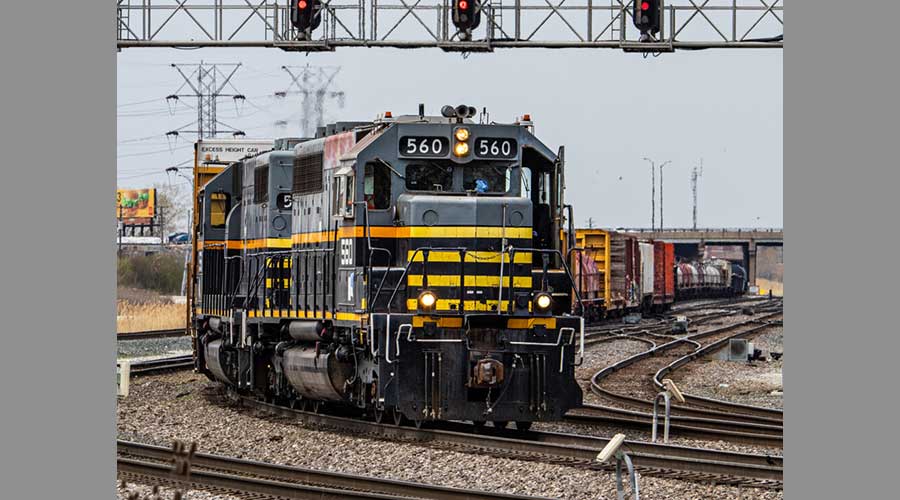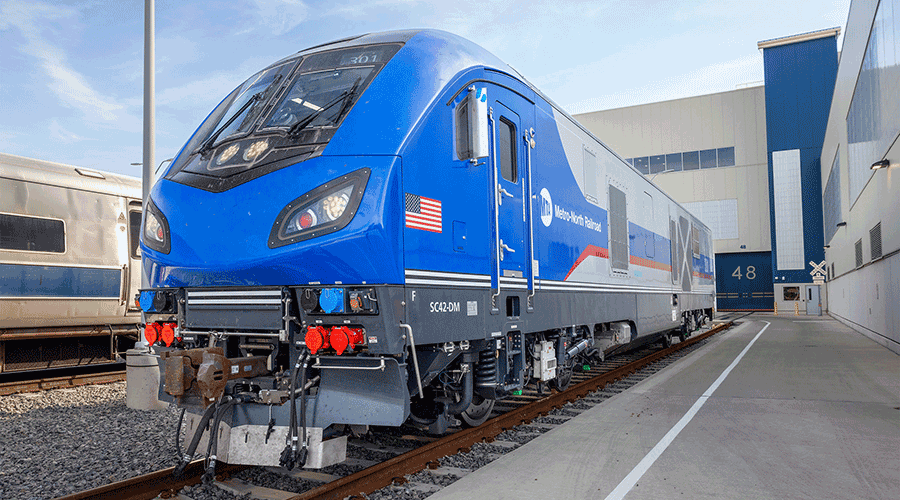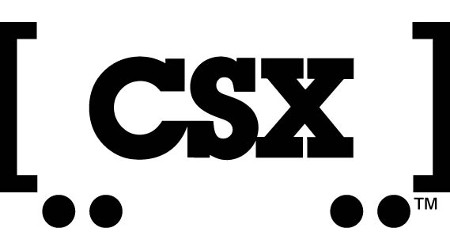Stay updated on news, articles and information for the rail industry
 railPrime
railPrime
7/3/2024
Rail News: Intermodal
U.S. Customs OKs Indiana port's plans for new container terminal

U.S. Customs and Border Protection (CBP) has approved a proposal from Ports of Indiana-Burns Harbor to establish the first international sea cargo container terminal on Lake Michigan.
The effort would create the only all-water container route for ocean vessels to serve the greater Chicago area via the Great Lakes, according to a Ports of Indiana news release.
The Burns Harbor terminal is located in northwest Indiana, inside the greater Chicago area. It is part of the 25th largest U.S. port, which handles 25 million tons of cargo annually and generates $16.6 billion in annual economic impact. Currently all containers moving through the Chicago market travel by rail or truck, according to the release.
The CBP's approval is a "critical step" in the process to establish the container terminal, said Ports of Indiana CEO Jody Peacock.
“Having an all-water container route into the Midwest could create transformational opportunities, but it will take time to develop," Peacock said. "Our port has the capabilities to handle containers today, but we won’t be able to schedule regular container shipments until the customs’ facilities are fully operational, potentially in 2026.”
As facility planning begins, Ports of Indiana officials are seeking potential partners and customers to advance the project and will be engaging in a few select partnerships to formalize the initial development plans, quantify volumes and develop a scalable terminal that is appropriately sized to meet current and future demands.
Contact Progressive Railroading editorial staff.


 2025 MOW Spending Report: Passenger-rail programs
2025 MOW Spending Report: Passenger-rail programs
 Gardner steps down as Amtrak CEO
Gardner steps down as Amtrak CEO
 Guest comment: Oliver Wyman’s David Hunt
Guest comment: Oliver Wyman’s David Hunt
 Women of Influence in Rail eBook
Women of Influence in Rail eBook









